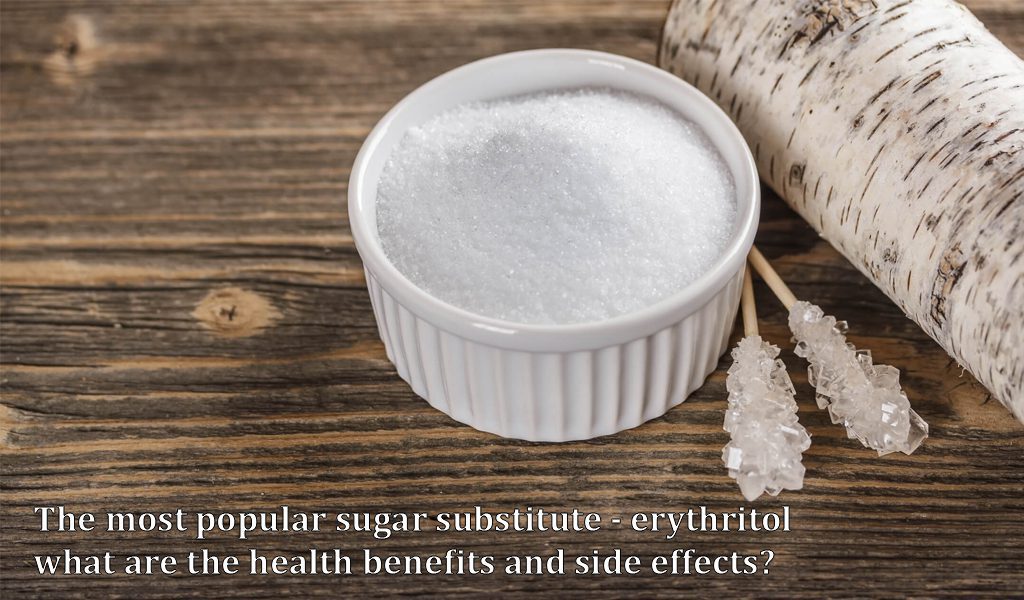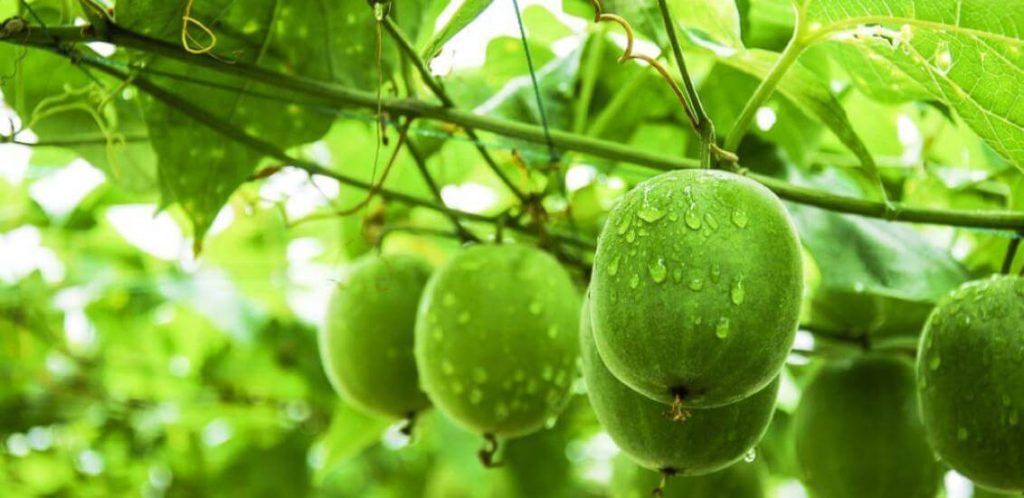Table of Contents
In the labyrinth of food additives, maltodextrin and aspartame are often lumped together as “processed” villains. Yet, their roles, chemistry, and health implications couldn’t be more different. While aspartame faces lawsuits and bans, organic maltodextrin powers elite athletes and clean-label foods. Let’s debunk the confusion, molecule by molecule.

1. Origins & Chemistry: From Starch to Sweetness
A. Organic Maltodextrin
- Source: Derived from non-GMO corn, cassava, or tapioca via enzymatic hydrolysis.
- Composition: A neutral-tasting polysaccharide (glucose chains) with minimal sweetness.
- Organic Edge: Free from synthetic pesticides, heavy metals, and chlorine bleach residues.
B. Aspartame
- Source: Lab-synthesized from phenylalanine and aspartic acid (amino acids) + methanol.
- Composition: An artificial sweetener 200x sweeter than sugar, zero calories.
2. Metabolic Impact: Fuel vs. Phantom Sweetness
| Factor | Organic Maltodextrin | Aspartame |
|---|---|---|
| Digestion | Rapidly breaks into glucose for energy | Metabolized into phenylalanine, methanol |
| Glycemic Response | High (GI 110) – quick energy replenishment | Zero glycemic impact |
| Role in Food | Thickener, bulking agent, carb source | Sweetener in diet sodas, sugar-free gums |
Key Insight: Maltodextrin is a carbohydrate, aspartame is a neuroactive sweetener—they occupy entirely different lanes.
3. Health Debates: Separating Fact from Fear
A. Aspartame’s Controversy
- Cancer Risk: Classified as “possibly carcinogenic” (IARC 2023), linked to leukemia in rodent studies.
- Neurological Side Effects: 15% of users report migraines, brain fog, or dizziness.
- Phenylalanine Risk: Dangerous for phenylketonuria (PKU) patients.
B. Organic Maltodextrin’s Safety Profile
- FDA GRAS Status: Recognized as safe for all populations except diabetics (due to high GI).
- Athlete-Approved: Used in WHO rehydration formulas and endurance gels for rapid glycogen reloading.
- Gut Tolerance: Low-FODMAP and gluten-free, unlike many artificial sweeteners.
4. Functional Uses: Why They Don’t Compete
- Maltodextrin’s Niche:
- Post-workout recovery shakes (mixes seamlessly with protein).
- Baby food texture stabilizer (organic versions avoid corn allergens).
- Shelf-stable soups/sauces (replaces chemical thickeners like xanthan gum).
- Aspartame’s Niche:
- “Zero-sugar” marketing in diet sodas, yogurts.
- Diabetes-friendly sweetness without calories.
5. Who Should Avoid Each?
| Additive | Avoid If You… | Safe For… |
|---|---|---|
| Organic Maltodextrin | – Have diabetes (uncontrolled) | – Athletes needing quick carbs |
| – Follow a strict keto/carnivore diet | – Clean-label food manufacturers | |
| Aspartame | – Have PKU or migraine disorders | – Non-PKU users seeking calorie-free sweet |
| – Are pregnant (precautionary) | – Short-term weight loss goals |
6. The Organic Advantage: Why Maltodextrin Isn’t the Enemy
- Non-GMO & Regenerative Farming: Brands like NOW Foods source from carbon-negative tapioca farms.
- No Hidden Toxins: Rigorous third-party testing ensures 0ppm glyphosate or methanol traces.
- Circular Production: Byproducts repurposed into biodegradable packaging.
The Verdict
Organic maltodextrin and aspartame are as similar as apples and asteroids. While aspartame’s risks overshadow its benefits for many, organic maltodextrin—when used intentionally—is a safe, efficient carb source for athletes, infants, and clean-label products. For those fearing additives, remember: context is king. Maltodextrin fuels marathons; aspartame sweetens soda. Choose accordingly.

